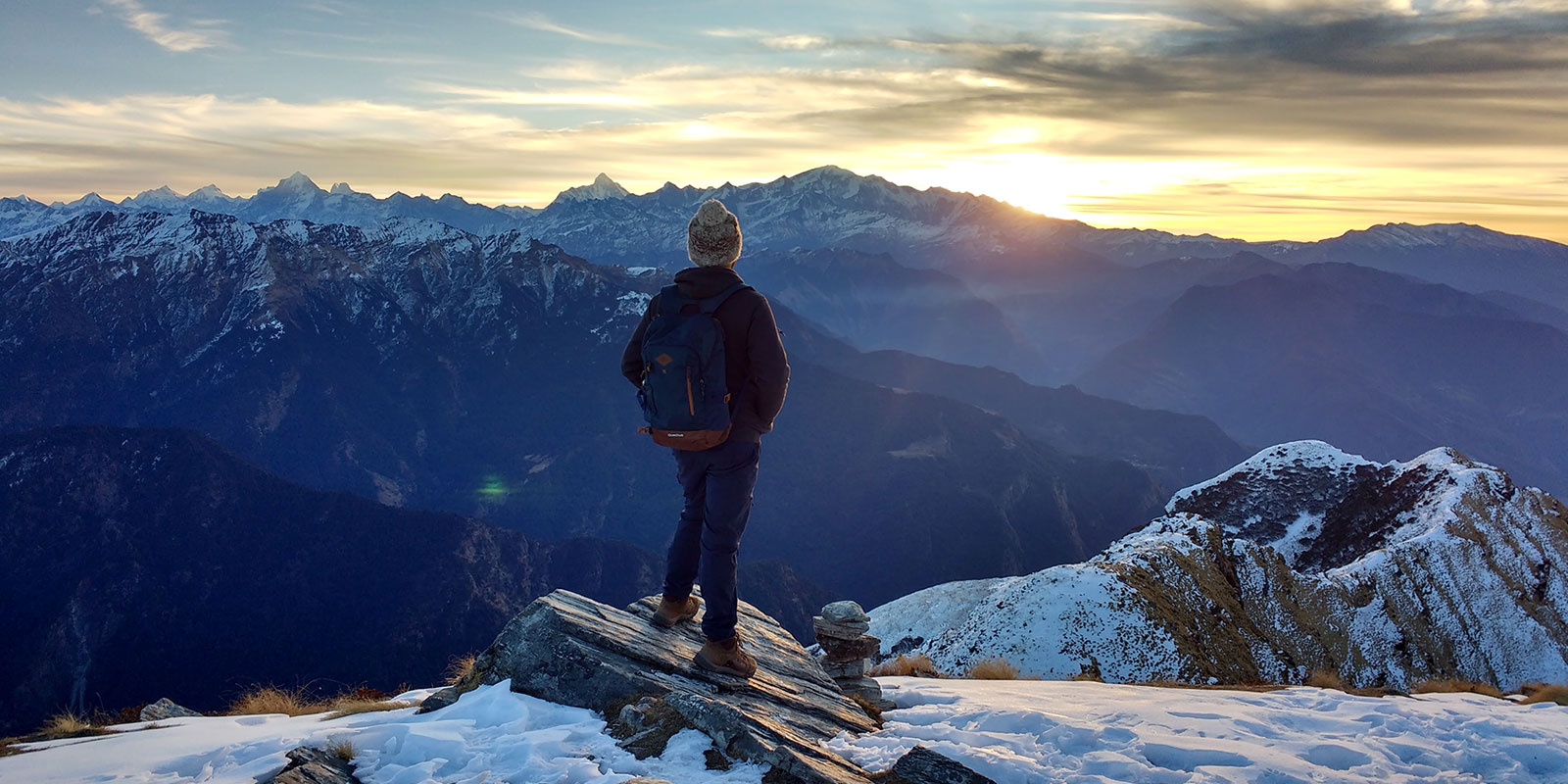The holiday season is upon us, which means that we are officially in winter. But that doesn’t mean you can’t get outside and have some fun. Despite the cold weather, you can spend as much time outdoors as you would like, if you plan well and dress properly.
When it comes to choosing your base layer clothing, there are a few things you need to take into account. First, you need to think about the activity you’ll be doing. Are you going to be hiking in cold weather? Or perhaps you’re going skiing or snowboarding? The activity you choose will dictate the type of base layer clothing you need.
Next, you need to consider the temperature. If you’re going to be in very cold weather, then you’ll need a thicker, warmer base layer. However, if you’re just doing some light activity in cool weather, then a thinner base layer will suffice.
Finally, don’t forget about breathability. You want your base layer clothing to be able to wick away sweat and moisture so that you stay comfortable during your activities. Look for fabrics that are specifically designed for breathability when choosing your base layer clothing.
Let’s begin with some basics…
What is a Base Layer?
A base layer is the first layer of clothing that you put on when dressing for the cold. Typically base layer refers to a pair of clothing that includes a long-sleeve top and full-length bottoms. In the old days we would call them “long johns”, “long underwear” or “thermals”, but the materials and designs have come a really long way and now we refer to any full-length first layer of clothing as the more generic term “base layer”. We’re not talking about underwear in the conventional sense, but more on that later.
Why Do You Wear a Base Layer?
The most important reason you wear a base layer for outdoors activities is to keep your body heat inside your body. As a mammal, we are warm-blooded and our body regulates it’s own temperature. It’s only when we allow that body heat to escape in cold weather that we can get ourselves in trouble, at risk of hypothermia and even death. So a base layer is your first line of defense against heat escaping your body.
When you participate in a strenuous activity and your body heats up, typically the first cooling technique will be to sweat. As sweat evaporates off your skin, your body cools down a little bit. However, if you’re not careful, sweat can be a fast track to hypothermia in freezing weather. This is why it’s extremely important to pick a base layer that is moisture-wicking and breathable, so that your sweat does not stay on your skin. To that same degree, you do not want the sweat to soak your base layer – which means you will want to avoid any cotton next to your skin: base layer, underwear and socks included.
Let’s dig into the best choices for your base layer…
How Do You Choose a Base Layer?
There are three factors to consider when choosing your base layer: Material, Weight and Fit.
Base Layer Material
There are a variety of different materials that can be used for base layer clothing, but some of the most popular include merino wool and synthetic fabrics such as polyester or nylon. Merino wool is an excellent choice because it is naturally moisture-wicking and breathable. It is also very soft and comfortable next to the skin. Synthetic fabrics are also good choices because they are usually less expensive than merino wool and they can often be found in a variety of different weights or thicknesses.
You will most importantly need to choose a material that will wick away moisture from your skin. This will help keep you dry and comfortable during strenuous activity. Additionally, you want to choose a material that is breathable so that you don’t get too hot and sweaty. Finally, you want to make sure the material is comfortable next to your skin, especially if you are going to be doing something very active like hiking or jogging.
Base Layer Weight
Base layer weights are nominal and vary from one brand to the next, but generally speaking you will have light weight, mid weight and heavy weight. Sometimes you will see “arctic” or “polar” weight, which might be another way of saying “heavy”, or may even be one step heavier. For myself, I will go with heavy weight sub-freezing, mid-weight in the 40°F range, and light weight in the 50°F range. Mid-fifties and up, and I’m not likely wearing a base layer.
Base Layer Fit
Fit can be just as important as weight or material. An ill-fitting base layer will be very inefficient, either too loose to keep in your heat, or too tight and restricting mobility. What you want is to have a base layer that is as tight as you can stand, without affecting mobility for the chosen activity.
Should You Wear Underwear With a Base Layer?
Whether or not you wear underwear under your base layer is entirely up to you. It’s a personal preference, however I would give a hearty warning to avoid cotton. If you wear cotton underwear underneath a base layer, it defeats all of the moisture-wicking properties that make a quality base layer great. Personally, I do choose to wear underwear underneath my base layer, and I go with athletic compression-style shorts that sweat well and don’t ride.
Here is a video I made that describes the base layers that I prefer, and why:








1 Comment